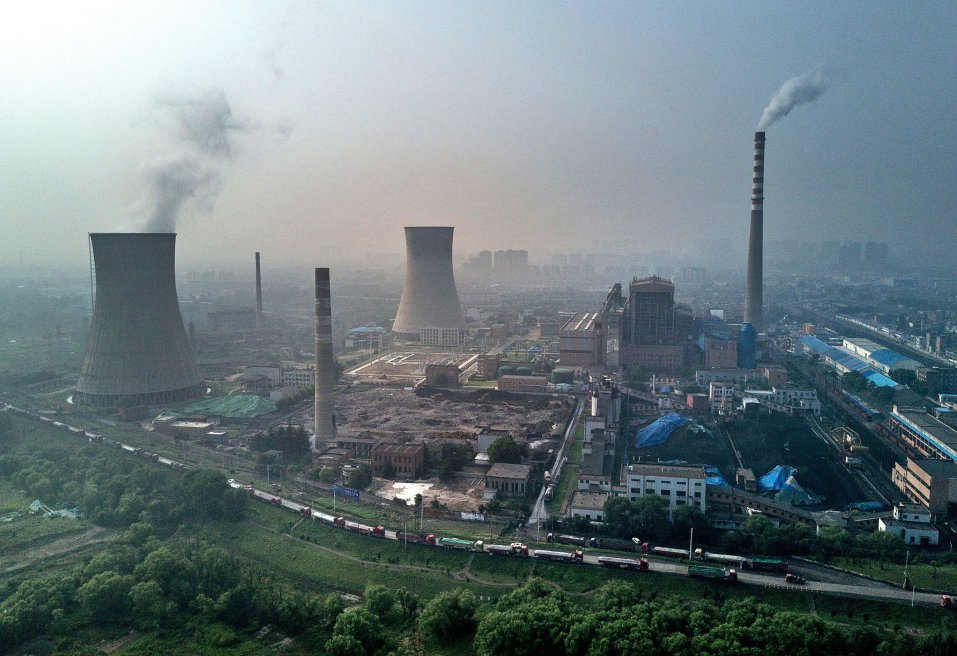Study: Air Pollution in Latin America at its Highest in 26 years

Air pollution in Latin America spiked to its highest level since AQLI data records began in 1998. While the average resident would gain up to one year of life expectancy if their air quality met the WHO guideline, in the most polluted regions life expectancy could be extended by more than 4 years—comparable to some of the most polluted regions in South Asia. The health threat posed by particulate pollution in many parts of Latin America is greater than that of self-harm and violence—nine times greater in Bolivia, the most polluted country in the region. Bolivia made the top ten most polluted countries in the world for the first time in 14 years.
The United States and Canada suffered the largest increase in fine particulate pollution (PM2.5) globally in 2023, fueled by the worst wildfire season in Canada’s history, according to new data from the Air Quality Life Index (AQLI). The change is part of a trend—recent research suggests that climate change is causing an increase in the frequency of wildfires that is reversing decades of clean air progress made in the United States and potentially in other regions around the world.
Canada experienced its highest particulate pollution levels in at least 26 years—double the previous year’s levels—with more than half of Canadians breathing air that exceeded their national standard. Canadians living in the most impacted regions breathed air comparable to Latin America’s most polluted countries— if these levels were sustained, they would cut people’s lives short by more than 2 years relative to air pollution concentrations that meet the World Health Organization’s (WHO) guideline.
Meanwhile, the fires contributed to pollution not seen in over a decade in the United States and a 20 percent rise from 2022. The higher pollution concentrations were driven by the Canadian wildfires. The resulting pollution spread across Wisconsin, Illinois, Indiana, and Ohio, and even extended to Pennsylvania, Oklahoma, and as far south as Mississippi. Counties in these states replaced counties in California as the top 10 most polluted regions in the country for the first time in a decade (see US factsheet).
“When fossil fuels are burned, they cause particulate air pollution right away. What we are experiencing now is that there are more wildfires because fossil fuels also lead to higher temperatures, and the result is a second wave of air pollution. We are now stuck living with air pollution concentrations that are the dangerous ghost of the fossil fuels burned since the Industrial Revolution,” says Michael Greenstone, the Milton Friedman Distinguished Service Professor in Economics and creator of the AQLI along with colleagues at the Energy Policy Institute at the University of Chicago (EPIC). “Even countries that have earnestly spent decades cleaning up their air can’t escape these ghosts and the shorter and sicker lives that they deliver.”
Air pollution remains the world’s greatest external risk to human health. The AQLI data found that, globally, pollution increased slightly in 2023. If the world were to permanently reduce particulate pollution to meet the WHO guideline, the average person would add 1.9 years onto their life expectancy—or a combined 15.1 billion life-years saved worldwide.
This data makes clear that particulate pollution is the world’s greatest external risk to human health. Its impact on life expectancy is comparable to that of smoking, more than 4 times that of high alcohol use, 5 times that of transport injuries like car crashes, and more than 6 times that of HIV/AIDS.
When people understand that the air they breathe is harmful to their health, they can take steps to reduce the hazard by purchasing air purifiers, wearing masks, limiting time outdoors, and using the data to inform policy actions.





